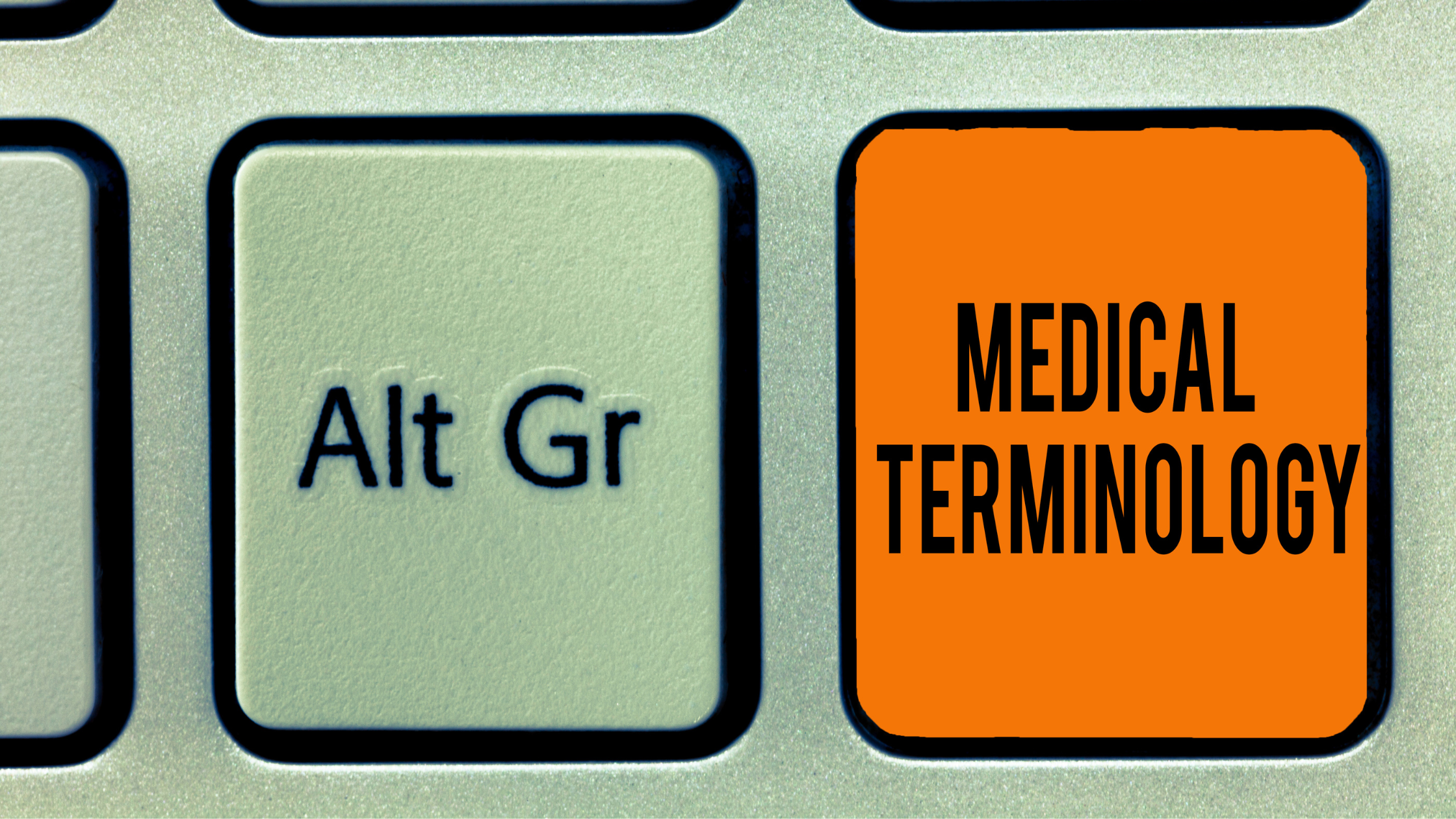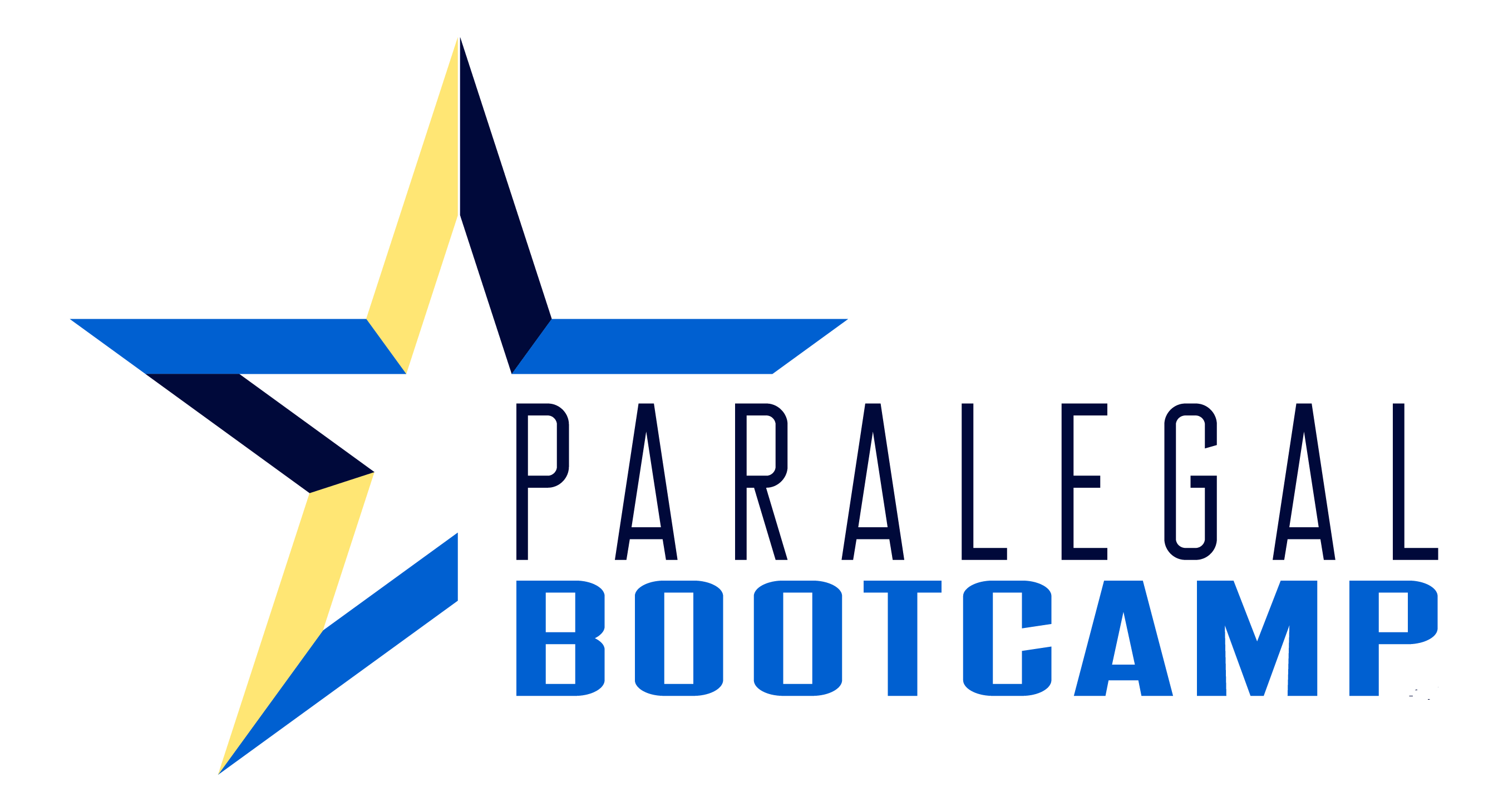You just landed your first paralegal job at a local personal injury firm. Or maybe you transferred from another firm. Congratulations!
But what do you do when your first day starts with 60 active pre-litigation files assigned to you? Don’t panic. It’s doable. I’m not going to sugarcoat it, though. It’s not going to be easy, but these tips for managing your personal injury cases will make it doable.
I’m going to give you steps to take to get up to speed on all of those case files. I’ll also share a checklist of things you can do when you’re starting out as a personal injury paralegal and you’re not sure where to even get started.
I’m going to start with 3 immediate/somewhat urgent things you have to do and then 3 knowledge-based things you have to know or learn about to have a successful career as a personal injury paralegal. Even if you’re in a different practice area, some of these will also apply to you, whether in personal injury, real estate, or commercial litigation.
Personal Injury Tips podcast episode
3 Things To Do When Managing Your Personal Injury Cases
1. Triage
I don’t mean “triage” like you’re in the emergency room, but it may feel like it. If you’re new to the firm and they just dumped 60 case files in your office and said here you go, these are yours; then you may feel like you need a trip to the emergency room.
What I mean by triage is you have to review all of those files, but you don’t have time to review all the nitty gritty details of every file at this stage. You’ve got to review the files for those things that are critical.
I’ll give you a few things if you’re a personal injury paralegal, but you can use this one even in other practice areas. You would have 2-3 different things you’d be looking for during this triage step in a different practice area.

What you do need to know are a few important things about every one of those personal injury files:
-
- What is the statute of limitations date for each one? Because the failure to commence a lawsuit within this time period will likely result in the lawsuit being dismissed by a court. If the law firm accepted the case before the statute of limitations period expired, it could result in a finding of legal malpractice. Now, if you’re working for a larger firm, they probably have case management software that’s tracking that date. But if you’re working for a solo practitioner, that date might just be on someone’s outlook calendar. If there’s a date already out there somewhere, verify that it’s the correct date.
- Have all of the medical records been ordered and received? This is usually where the bottleneck occurs. Maybe the person who worked on those files before you ordered all of the records, but two of the medical providers haven’t sent their records to your firm yet because the request was missing something.
- Has the client finished treatment and at what they call MMI or maximum medical improvement? If so, what is that date?
So if you’re in a different practice area, what are 3 things that are critical for you to learn about each of your files to make sure nothing slips through the cracks while you’re trying to get familiar with your new files or a new position?
That’s the triage part. Now let’s talk about things you need to do to be successful in your new position.
2. Have a Case Checklist for Every Case
You don’t have the capacity to remember every little thing that has to be done on all of your files when you have 70 or 80 active files.
I put together one that I use inside this Personal Injury Paralegal Training, and I’m going to share it with you to help you get started. You can download it below.
But here’s the thing about checklists –
They’re only good if you use them. Too many times, we think, “I’ve done this one hundred times; I don’t need to look at that checklist.” And then we forget something. The other thing about checklists is that they reduce the amount of mental focus and energy we have to use to get something done so that we have more energy to focus on the things we don’t have a checklist for.
A Paralegal Resource For You
3. Develop a Set of Templates or Form Files and Keep Improving Them
Having form letters is very important in making you work quicker and more efficiently. However, developing these form letters by improving them with the advice of the lawyers you are working with will help elevate your work product. This does not have to be formal, either. If your lawyer is making certain edits to your letters, begin by incorporating those edits into your form letters. From there, once the edits stop, you know you have a solid form letter.
I know it’s hard when you feel like you’re drowning in an office full of files, but it’s important for you to take the time to do this with each template and form because it will save you time in the long run.
Get more critical templates and the Personal Injury Paralegal Checklist that is part of our online paralegal course for personal injury paralegals.
The Need To Know in Personal Injury
Now let’s talk about 3 other things that I would say are in the knowledge department.
1 – Learn Some Basic Anatomy, Medicine, and Medical Terminology
A valuable personal injury paralegal is a paralegal who knows not only the law but also the medicine. It may be more critical for the paralegal to know the medicine than the law. Among other important paralegal skills, knowing the medicine behind it all allows lawyers more time to practice law and bring in more clients.
The lawyer(s) at the firm can help guide you on the law while you guide them on the medicine. Knowing the medicine, you can direct the lawyer in the right direction by finding relevant medical chronologies related to that injury. It can also save a lawyer time, which makes you invaluable to the lawyer.
Get tips on how to be a successful personal injury paralegal.

Some ways that you can learn anatomy and medicine include the following:
-
- Grab a medical school study guide or an anatomy or physiology guidebook, some being the renowned “for dummies” series.
-
- Watch some YouTube videos online of basic anatomy and physiology.
-
- Learn about broken bones and their surgeries (which are typical in personal injury automobile claims).
-
- Get a chart or diagram of the bones and largest muscle systems.
-
- Google it!
Medical professionals use a lot of shorthand in their notes and medical charts. Some of these medical abbreviations are obvious, while others are not. All personal injury paralegals need to learn these abbreviations and lingo to avoid making mistakes in transcribing records or missing essential points in the records.
Unfortunately, many of these abbreviations will not be known ahead of time. As you come upon these abbreviations, you should write them down in a chart and research them online. Some basic abbreviations like a “circle R or L” mean left and right, and a C with a line above it is “with.” Other abbreviations such as fx (fracture), dx (diagnosis), Rx (prescription), and Hx (history) are frequently used in medical records that you will be reviewing.
Depending on whether or not your personal injury law firm has specific injury claims that they specialize in, knowing those medical terms will be vital to your paralegal job duties. For example, knowing the difference between a distal fracture and a proximal fracture could be very important because it changes the entire location—and sometimes the entire value—of a case.
2 – Know How to Obtain Medical Records Quickly and Efficiently
Obtaining medical records is one of the most common things a paralegal will do in a personal injury law firm. This includes records from hospitals, primary care physicians, surgical groups, and doctor’s offices. Knowing how to request these medical records and obtain them quickly is essential, especially when a statute of limitations is coming up. Here are 19 Tips for Streamlining Records Retrieval.
But even beyond the statute of limitations, if the client has reached MMI and is no longer being treated, you don’t want to be waiting on medical records, and you can’t start drafting the demand letter. That means the file is just sitting there collecting dust instead of moving toward settlement. That also means you’re going to have the client calling you wondering what’s the delay in their case. It’s not sufficient of a response to just blame it on the medical provider. What did you do to follow up with that medical provider?
Did you know that the Paralegal Boot Camp offers personal injury paralegal training that you can take at your own pace?

3 – Know the Litigation Process
In many personal injury firms, paralegal roles are segmented into the typical phases of a personal injury claim. For example, in some firms, the claim file moves from the Case Intake/Case Manager to the Litigation Paralegal when the claim does not settle after the demand letter is sent to the insurance company.
Even if your paralegal job description or job title focuses on the case intake or pre-litigation phase of the personal injury claim, you should still familiarize yourself with what happens after your claim files become litigation cases. This will make you a more valuable employee, even if you currently only handle the case intake side of personal injury.
Here are a few litigation paralegal resources for you to check out:
Day in the Life of a Litigation Paralegal
10 Lessons Learned in my First Year as a Litigation Paralegal
If you are looking for a way to streamline your pre-litigation work in personal injury, join us in the Personal Injury Paralegal Boot Camp where you get the tools to become the rockstar personal injury case manager that every attorney wants to work with.
Personal Injury Paralegal Boot Camp
As a personal injury paralegal, you have an important role in the pre-litigation phase of your claim files.
But where do you even start when you’re managing 80+ active files?
This online course will give you all the tools to manage that heavy case load. It walks you through every phase of your personal injury claim files, from the case intake through the demand package and more.

Meet the Author

Ann Pearson is the Founder of the Paralegal Boot Camp, and host of the Paralegals on Fire! Podcast Show, and passionate about promoting the paralegal profession.
Ann spent 20 years working as a paralegal manager and a litigation paralegal before opening the Paralegal Boot Camp in 2010.
Ann’s training programs focus on adding immediate value to a paralegal’s career and bridging the gap between what a paralegal learns in school and what they actually do on the job.
Visit the About Us Page to learn more about why Ann started the Paralegal Boot Camp.

























